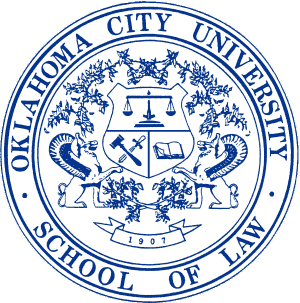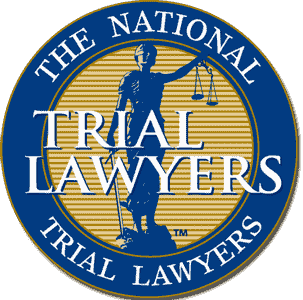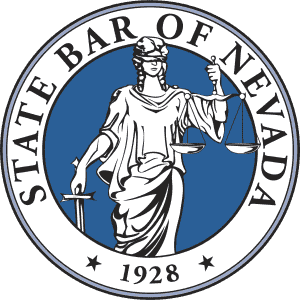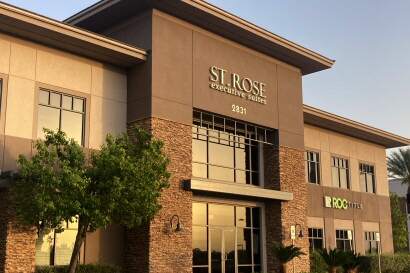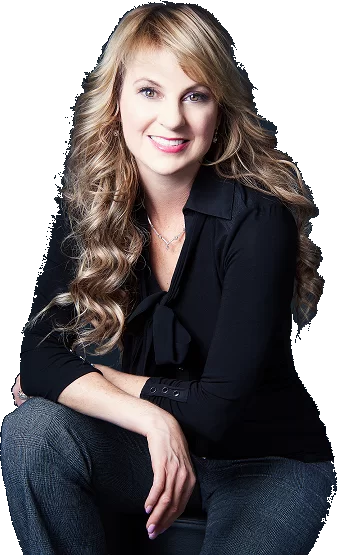COMPARATIVE FAULT IN NEVADA.
Estimated Reading Time: 7.6minutes
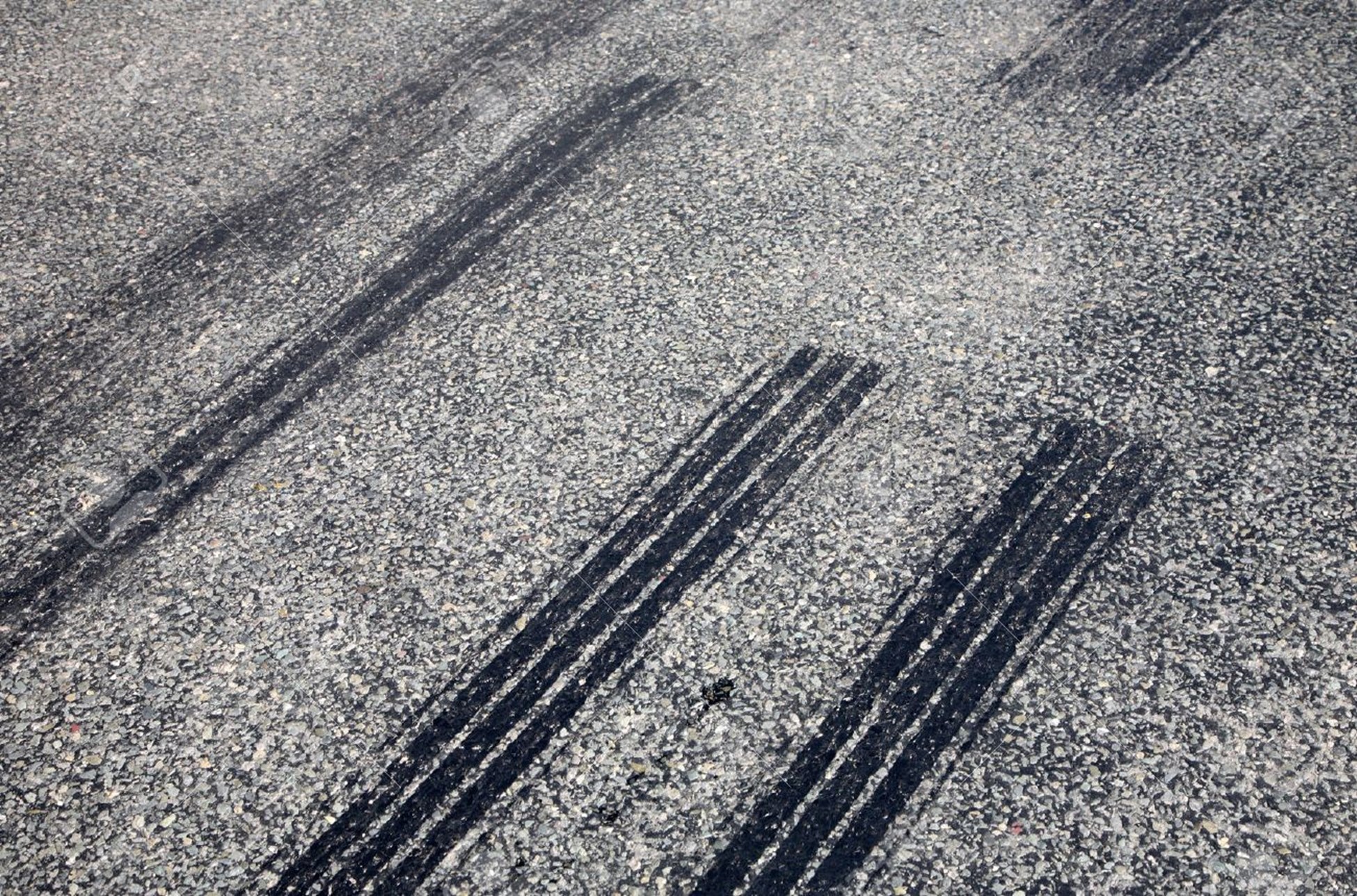
CAN I SUE THE OTHER DRIVER IF THE ACCIDENT IS PART MY FAULT?
- Is comparative negligence a bar to receiving damages?
- What if I am 50% at fault in an accident?
- Who determines which drivers are at fault and how much?
- How is fault determined?
Nevada follows a comparative fault system of negligence. Comparative negligence is not always a bar to recovering damages. However, if you are found to be 50% at fault or more in Nevada, you cannot recover any damages. In Nevada if the injured person’s negligence is more than all of the defendants negligence combined or a single defendant, the injured person cannot recover. However, if the injured person’s negligence is less than 50% of the cause of the injury, they can recover their damages on a prorated basis. I will proceed to explain this in detail. This is known as comparative negligence in Nevada this is codified at NRS 41.141, stated as follows:
NRS 41.141 When comparative negligence not bar to recovery; jury instructions; liability of multiple defendants.
1. In any action to recover damages for death or injury to persons or for injury to property in which comparative negligence is asserted as a defense, the comparative negligence of the plaintiff or the plaintiff’s decedent does not bar a recovery if that negligence was not greater than the negligence or gross negligence of the parties to the action against whom recovery is sought.
2. In those cases, the judge shall instruct the jury that:
(a) The plaintiff may not recover if the plaintiff’s comparative negligence or that of the plaintiff’s decedent is greater than the negligence of the defendant or the combined negligence of multiple defendants.
(b) If the jury determines the plaintiff is entitled to recover, it shall return:
(1) By general verdict the total amount of damages the plaintiff would be entitled to recover without regard to the plaintiff’s comparative negligence; and
(2) A special verdict indicating the percentage of negligence attributable to each party in the action.
3. If a defendant in such an action settles with the plaintiff before the entry of judgment, the comparative negligence of that defendant and the amount of the settlement must not thereafter be admitted into evidence nor considered by the jury. The judge shall deduct the amount of the settlement from the net sum otherwise recoverable by the plaintiff pursuant to the general and special verdicts.
4. Where recovery is allowed against more than one defendant in such an action, except as otherwise provided in subsection 5, each defendant is severally liable to the plaintiff only for that portion of the judgment which represents the percentage of negligence attributable to that defendant.
5. This section does not affect the joint and several liability, if any, of the defendants in an action based upon:
(a) Strict liability;
(b) An intentional tort;
(c) The emission, disposal or spillage of a toxic or hazardous substance;
(d) The concerted acts of the defendants; or
(e) An injury to any person or property resulting from a product which is manufactured, distributed, sold or used in this State.
6. As used in this section:
(a) “Concerted acts of the defendants” does not include negligent acts committed by providers of health care while working together to provide treatment to a patient.
(b) “Provider of health care” has the meaning ascribed to it in NRS 629.031.
(Added to NRS by 1973, 1722; A 1979, 1356; 1987, 1697; 1989, 72)
https://www.leg.state.nv.us/NRS/NRS-041.html#NRS041Sec141
In any lawsuit against a defendant for damages for death or injury to a person or injury to property, where two or more persons can be at fault, doctrine of comparative negligence is invoked. Comparative negligence means the negligence of a plaintiff in his own injury. In Nevada, if a plaintiff’s negligence was not greater than the negligence of the defendant, the plaintiff can still recover his damages. The court will reduce his damages by his percentage of negligence. A simpler way to understand this is by example.
Example:
Plaintiff and defendant are both driving eastbound on a roadway and defendant is substantially exceeding the speed limit. Plaintiff then changes lanes in front defendant and the defendant then strikes the plaintiff’s vehicle. Both parties will likely have some fault for the accident. The plaintiff will have fault for an improper lane change and defendant will have fault for speeding. It is for a factfinder to determine the percentage of each parties fault. If it is found the defendant is 51% at fault for grossly exceeding the speed limit, and plaintive is then 49% at fault for improperly changing lanes, the plaintiff can recover 51% of his damages against the defendant However, if the jury were to find plaintiff to be 51% at fault for causing the accident, he would not recover because his own would be greater than the fault of the defendant.
Comparative fault of the respective parties is a factual decision to be determined by all of the evidence collected and preserved. Nevada revised statute, NRS 41.141, as stated above, gives a jury guidance for determining the fault of the parties by stating that “the plaintiff may not recover if the plaintiffs comparative negligence or that of the plaintiffs decedent is greater than the negligence of the defendant or the combined negligence of multiple defendants.“ Therefore, it is always a determination of fact who is more at fault. The only way to make a factual determination is by collecting and preserving evidence and this process should begin as soon as possible. If you have been in an accident, seeking legal counsel early can make the difference as to whether or not you will be able to prove your case. The evidence must be obtained and preserved to assist in proving what happened in the accident. Evidence like skid marks, Gouge marks in the pavement, data recorders, and police diagrams can often assist in establishing the fault of the parties. For this reason, it is critical to obtain legal counsel early and preserve relevant evidence. If you are involved in an accident, always take as many photos as you can at the scene. This is the easiest way to preserve evidence. Take photos of any marks on the pavement, the location of the vehicles following the accident and take photos of the damage to the cars. Remember that it is always a question of fact when both parties have some fault and it is impossible to make that determination without solid evidence.
https://www.nvbar.org/nvlawmag-archive-957232/NevLawyer_Feb_2010_Comparative_Neg_0.pdf
Many states have different laws regarding comparative fault of the parties. NRS 41.141 applies to all accidents which happen in any county in Nevada including Henderson and Las Vegas. If you have been involved in an auto accident in Henderson or in Las Vegas the comparative law stated above will govern. The basic premise is that people should pay their share of damages for which they are responsible for and not more. It would be inherently unfair to make a defendant pay 100% of a plaintiff’s damages if the plaintiff was 30% at fault for causing the accident. For this reason, Nevada adopted a rule of law to be fair to plaintiffs and defendants who are involved in accidents or who are negligent causes of injuries to third parties.
Some states have different variants of comparative fault so if you are involved in an accident in another state, it is important for you to understand the law in that state. Some states follow a strict or pure comparative negligence statute where if a plaintiff is 90% at fault for his injuries, the defendant would pay his 10% share. Nevada does not follow the strict or pure comparative negligence standard. If a plaintiff was 90% at fault for causing his injuries in the state of Nevada, he or she would take nothing by way of their complaint.
https://www.justia.com/injury/negligence-theory/comparative-contributory-negligence/
If you have been in an accident and have question about fault of the parties, please don’t hesitate to contact our offices today. At my office, we are experienced in reviewing injury and property damage claims and determining fault. Insurance companies never have the best interest of the injured person at the top of their priorities. They want to pay as little on every claim as possible. Having worked for an insurance company as an attorney for 9 years before opening my boutique law firm specializing in helping injured people, I reviewed thousands of auto accident claims and policy provisions.
At the Law Offices of Laura Hunt we are here to help you and your family in the event that accidents and tragedies occur. For any of your legal needs, do not hesitate to contact our offices. The Law Offices of Laura Hunt is a boutique, family owned law firm in Henderson that specializes in helping injured people and the community with legal issues involving auto accidents, wrongful deaths, slip and falls, truck accidents, injuries to children, bicycle accidents, dog bites, and all types of injury claims. Please do not hesitate to call us anytime you have a legal question or you or a loved one has sustained an injury at 702-450-(HUNT) 4868 and text 24/7 at 702-600-0032.

